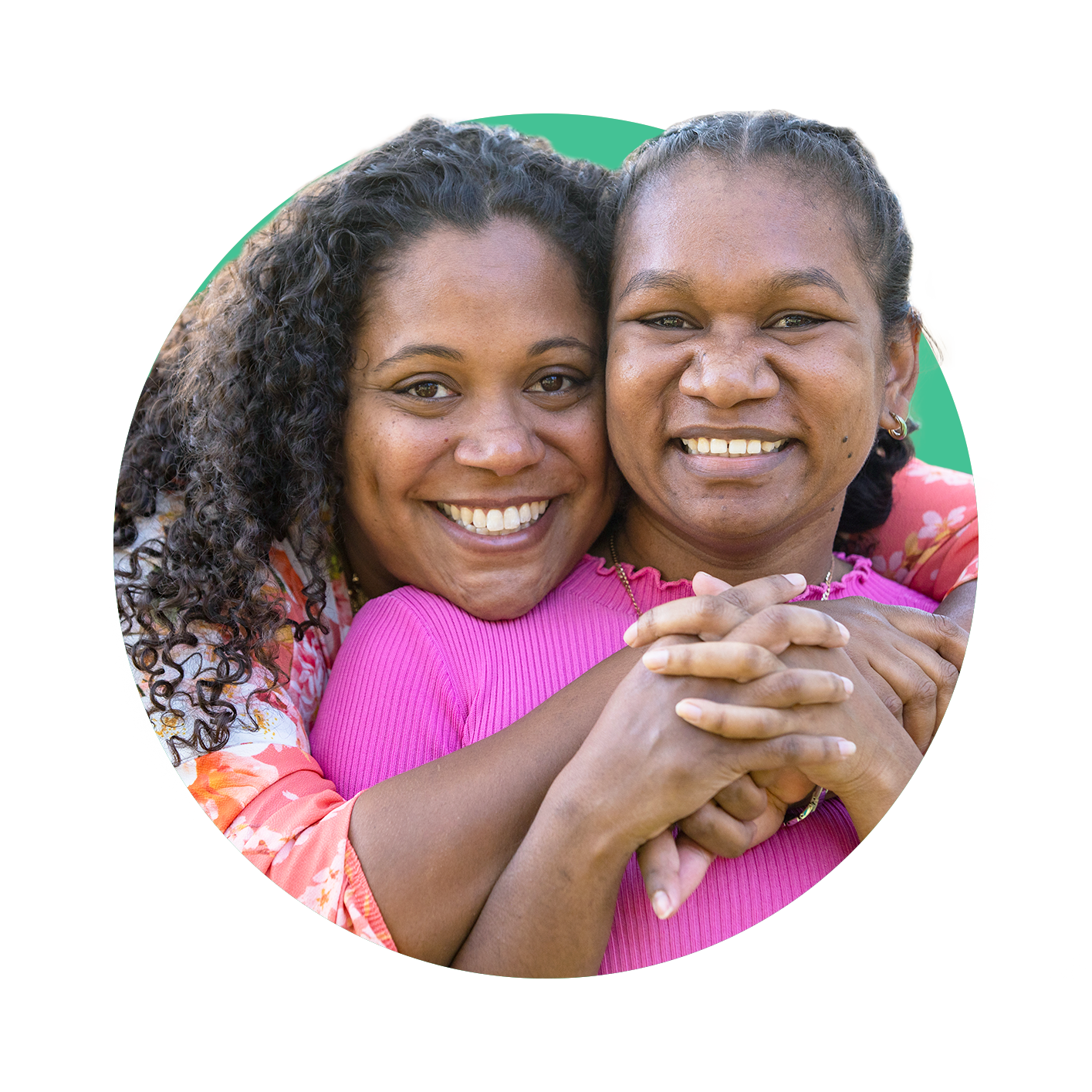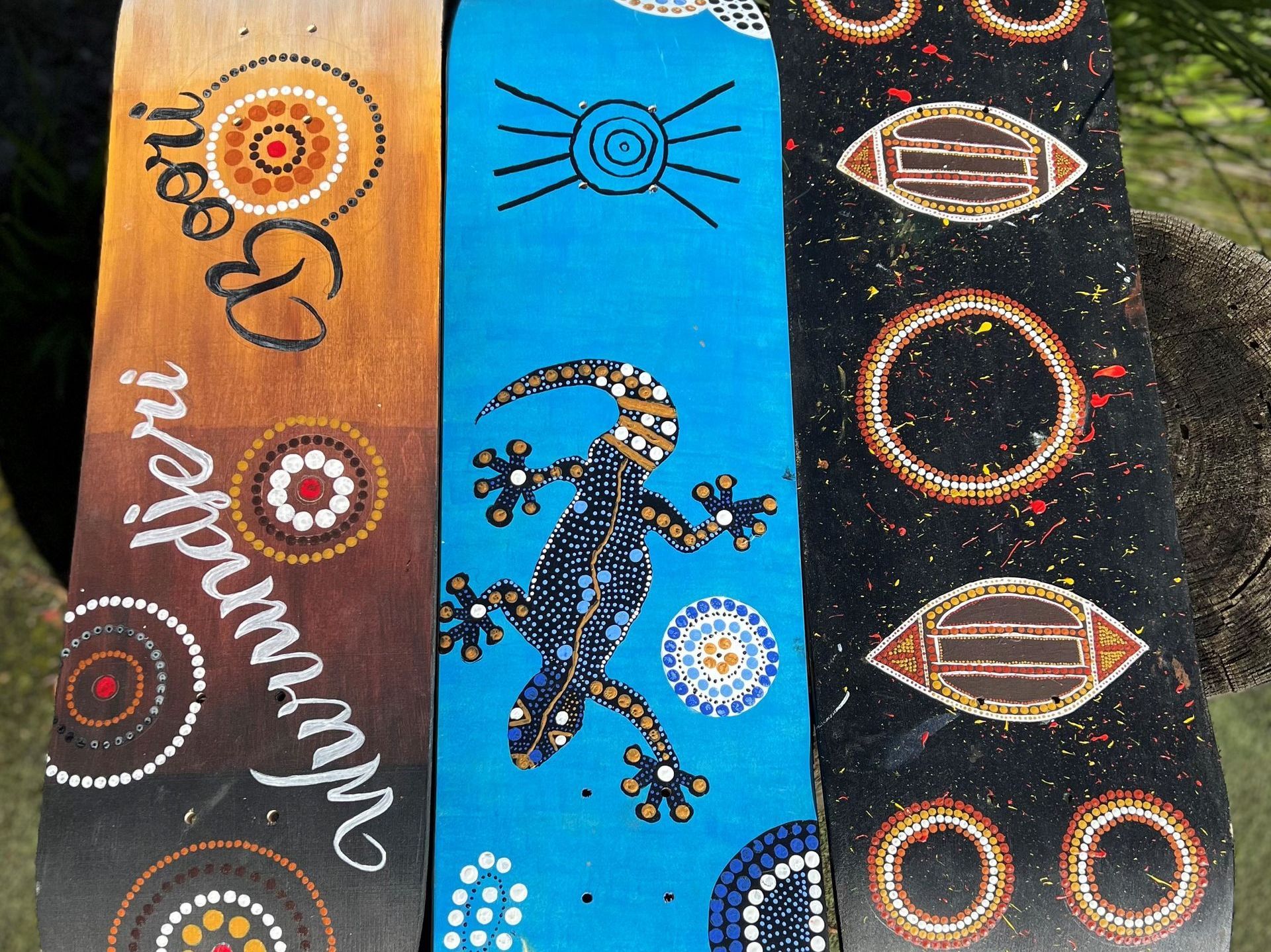Learning from Listening: Improving First Nations' service evaluation
SEMPHN and First Nations service providers are exploring how they can remove barriers and improve access to health services for Aboriginal and Torres Strait Islander people.
Related Tags

SEMPHN is committed to improving access to culturally appropriate primary care services for First Nations peoples by building strong connections with First Nations service providers and placing consumer needs at the heart of service design and delivery.
COVID challenged our ability to visit First Nations communities and maintain close working relationships. Since then, we have made it a priority to reconnect and rebuild rapport with First Nations service providers to ensure consumers’ voices and experiences are the basis for service design and delivery.
SEMPHN Youth Mental Health Program Lead, Akanksha Bhatia, says that while data can illuminate where SEMPHN can do better, listening to people’s experiences creates a more holistic picture.
“Reaching out to each provider for a yarn, to share stories, celebrate what we’ve done together, and really listen and understand each other’s expectations, took time. But it was the most important part of rebuilding relationships.”
- Akanksha Bhatia, Youth Mental Health Program Lead at SEMPHN
Akanksha explains that simply tracking participant numbers to fulfill a reporting requirement does not accurately reflect the role and impact of face-to-face activities and social event programs in overcoming chronic and mental health challenges.
“Capturing data continues to be a powerful tool for SEMPHN to help plan and advocate for better primary health care to meet the varying needs of diverse communities. These innovative and flexible approaches continue to enhance our ability to capture rich qualitative data to better inform health planning. Efforts to re-connect helped unearth gaps in traditional data collection, which hadn't always captured the true community benefits and the real-life difference these programs make to people every day.”
- Akanksha Bhatia, Youth Mental Health Program Lead at SEMPHN
Working together, SEMPHN and First Nations service providers are exploring how they can remove barriers and improve access to health services for Aboriginal and Torres Strait Islander people.
Youth First Nations Program adopts ‘learning from listening’ approach
‘Coasting Through’ was developed by Youth Support Advocacy Service (YSAS) Aboriginal Mental Health Team, alongside Aboriginal and Torres Strait Islander young people, as a way to promote improved social and emotional wellbeing through art and culture.
Coasting Through encourages young people to connect with their culture in a fun and meaningful way. During sessions participants learn new skills while receiving mindful, therapeutic interventions that are culturally safe. The program also provides greater connectedness to youth friendly and culturally safe places across the Frankston and Mornington Peninsula area.
Storytelling through art
In August 2022, participants designed skateboard decks and wrote a story to go with their art. This was a co-designed project where young people were actively engaged in the process from start to finish. The idea germinated in art group sessions where young people identified a keen interest in skateboard design and traditional painting.
Seven skateboards were completed and gifted to locations that were identified as safe spaces for Indigenous young people including Headspace in Frankston, Headspace Rosebud, Youth Services Mornington Peninsula, VACCA Frankston, Nairm Djambana, Bunjilwarra and Rosebud Secondary School. In September 2022, a ceremony was held to gift the skateboards and acknowledge the finalisation of the project and the young people involved.

Measuring impact
When reflecting on the program’s impact, participant experiences were the most important measure. Akanksha emphasised that flexibility within contracts is crucial for any program, but particularly with First Nations’ providers.
"We’ve adapted our contract meetings and reporting process. Regular contract meetings are now structured in a way that shares a narrative. We discuss what is actually happening to get a better understanding of the impact they have with young people"
Sarah Lalley, YSAS Community Programs Manager, agrees. She believes that SEMPHN's focus on being aware and listening to what is culturally appropriate for their programs and performance is essential.
“Paper reporting doesn't give much richness to what is happening in the program. Changing our evaluation framework helps us paint the picture on the program’s impact in real life and helps us focus on the outcomes we want. Adapting our approach means we are better able to deliver a culturally specific program rather than focusing on rigid KPIs.”
– Sarah Lalley, YSAS Community Programs Manager
When talking about how the Coasting Through program helped participants, Sharmila Austin, YSAS Aboriginal Mental Health Worker shares that the benefits were holistic.
“We recognised a pressing need for a program that prioritises culture, connection, and the identification of safe spaces. Many First Nations young people never had the opportunity to engage in cultural activities as part of their school curriculum. By providing them with the means to explore and practice traditional art forms and cultural practices, it has greatly enhanced their emotional health and well-being, ultimately leading to increased engagement, success and happiness.”
Coasting Through highlights how by allying with consumers and listening to experiences, a more holistic approach to understanding the impact of contracted services can be established.
Up next:
Listening and responding to local needs through a holistic mental illness program
Providing care coordination, clinical nursing services, family support and improved access to psychiatrists and psychologists over an extended period (6-12 months) for people living with severe mental illness and complex needs.





